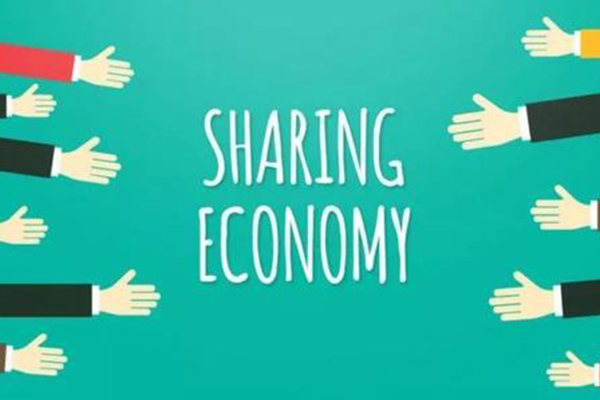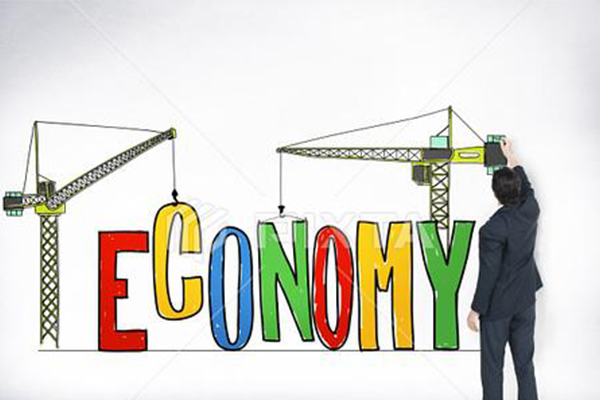
在IGCSE经济的考试中,定义和概念是非常重要的存在,尤其是P2卷中,对于概念的考察占据了很大的分值。因此今天我们也给同学们汇总了52条IGCSE经济概念,让你高效复习IGCSE经济PAPER2考试。

以下这些定义皆出自以往的真题中
Scarcity: asituation where there is not enough to satisfy everyone’s wants.
The economicproblem: unlimited wants exceed scarce resources.
Factors ofproduction: the economic resources of capital, enterprise, labour and land.
Land: gifts ofnature available for production.
Labour: allhuman effort mental and physical involved in producing goods and services.
Enterprise; riskbearing and decision making in business.
Occupationallymobile: capable of changing use.
Geographicallyimmobile: incapable of moving from one location to another location.
Capital: humanmade goods used in production.
Investment: spending on capital goods.
Depreciation: the value of replacing capital.
Productivity: output per worker hour.
Opportunity cost: the next best alternative forgone.
Economic good: a product which requires resourcesto produce it and therefore has an opportunity cost.
Free good: a product which does not requireresources to produce it and therefore has an opportunity cost.
Production possibility curve: a curve that showsthe maximum output of two types of products and combination of those productsthat can be produced with existing resources and technology.
A planned economy: an economy where the governmentmakes the crucial decisions, land and capital are state-owned and resources areallocated by directives.
A market economy: an economy where consumersdetermine what is produced, resources are allocated by the price mechanism andland and capital are privately owned.
A mixed economy: an economy in which both theprivate and public sectors play an important role.
1. Demand: thewillingness and ability to buy a product.
2. Market demand:total demand for a product.
3. An extension indemand: a rise in the quantity demanded caused by a fall in the price of theproduct itself.
4. A contraction indemand: a fall in the quantity demanded caused by a rise in the price of theproduct itself.
5. Supply: thewillingness and ability to sell a product.
6. Market supply:total supply of the product.
7. An extension insupply: a rise in the quantity supplied caused by a rise in the price of theproduct itself.
8. A contraction insupply: a fall in the quantity supplied caused by a fall in the price of theproduct itself.
9. Equilibriumprice: the price where demand and supply are equal.
10.Disequilibrium: a situation where demand and supplyare not equal.

11.Changes in demand: shifts in the demand curve.
12.An increase in demand: a rise in demand at anygiven price, causing the demand curve to shift to the right.
13.A decrease in demand: a fall in demand at any givenprice, causing the demand curve to shift to the left.
14.Disposable income: Income after income tax andnational insurance contributions have been deducted.
15.Normal good: a product whose demand increases whenincome increases and decreases when income falls.
16.Inferior good: a product whose demand decreaseswhen income increases and increases when income falls.
17.Substitute: a product that can be used in place ofanother.
18.Compliment: a product that is used in conjunctionwith another product.
19.Ageing population: an increase in the average ageof the population.
20.Birth rate: the number of life birth per thousandof the population in a year.
21.An increase in supply: a rise in supply at anygiven price, causing the supply curve to shift to the right.
22.A decrease in supply: a fall in supply at any givenprice causing the supply curve to shift to the left.
23.Changes in supply: changes in supply conditionscausing shifts in the supply curve.
24.Unit cost: the average cost of production. It isfound by dividing total cost by output.
25.Improvements in technology: advances in the qualityof capital goods and methods of production.
26.A tax: a payment to the government.
27.Indirect taxes: taxes on goods and services.
28.A subsidy: a payment by a government to encouragethe production or consumption of a product.
29.Price elasticity of demand: a measure of theresponsiveness of demand to a change in price.
30.Private costs: costs borne by those directlyconsuming or producing a product.
31.Private benefits: benefits received by those directlyconsuming or producing a product.
32.External costs: costs imposed on those who are notinvolved in the consumption and production activities of others directly.
33.External benefits: benefits enjoyed by those whoare not involved in the consumption and production activities of othersdirectly.
34.Social costs: the total costs to a society of aneconomic activity.
35.Social benefits: the total benefits to a society ofan economic activity.
36.Cost benefits analysis: a method of assessinginvestment projects which takes into account, social costs and benefits.
上面的IGCSE经济复习概念赶紧收藏背起来吧!当然如果您想了解更多IGCSE考试技巧与内容,千万要来唯寻IGCSEwinter vacation班,给您出其不意的惊喜。点击【预约试听】即可报名。

点击
IGCSE经济参考书目推荐 这几本参考书可是经济学人鼎力推荐
IGCSE经济考点之市场经济讲解 赶紧记下这些考纲不会出现但要知道的知识点
查看。

学习有方法,成长看得见
筑梦牛剑/G5/常春藤
